LUX drives the latest iteration of one of the world’s great supercars, the V10 engined, open-topped Huracan Spyder
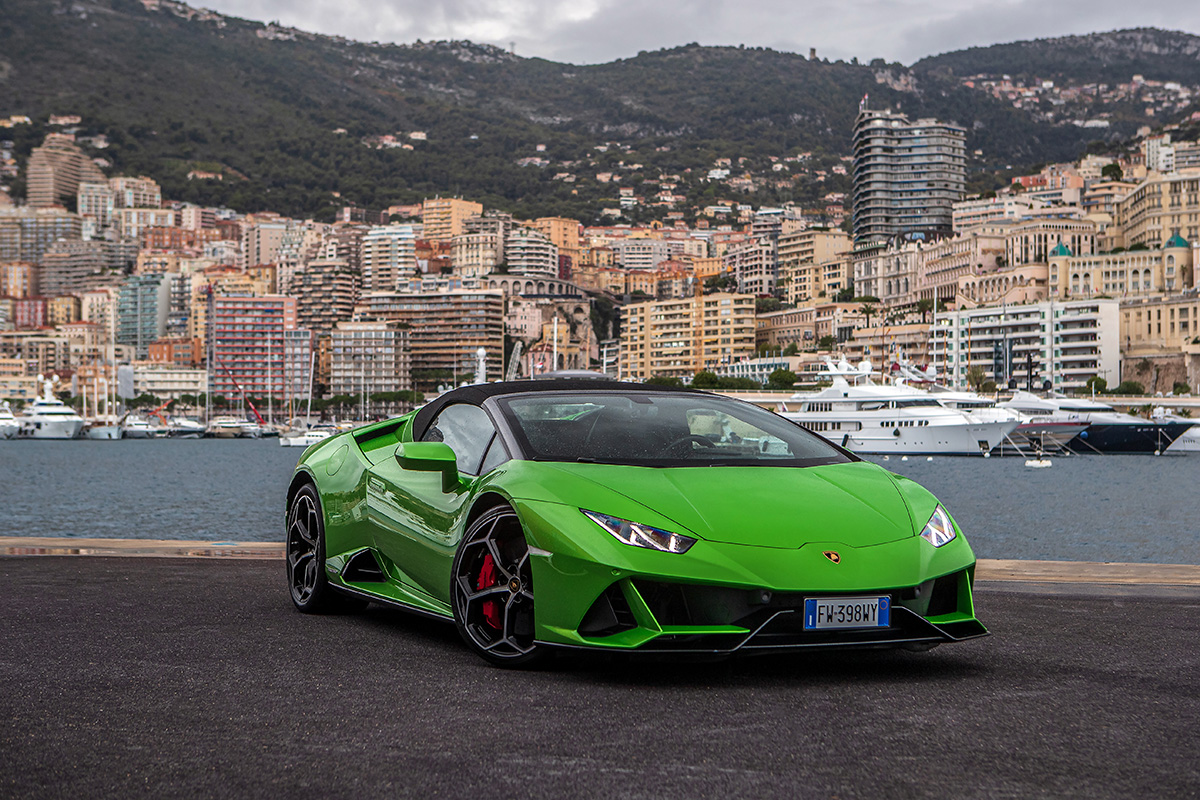
It may look good outside the yacht club…
The latest evolution of the flamboyant Italian car company’s brilliant two-seater looks like something run by an avatar from a games console, more mini-spaceship than vehicle. With the roof down (Spyder is Lamborghese for convertible) it looks more like a pair of aliens (driver and passenger) are taking a little tour of Earth.
Colour is a fundamental element of cars like these. If our Huracan had been green, purple, orange or any of the other eye-popping colours Lambo drivers like to choose, it would have been one kind of statement of personality: perhaps the most attention-grabbing car in the world in an attention-seeking hue. But in a dark metallic grey, it looked intriguing: more space vehicle, less boulevard poser. The interior was also restrained, black leather with blue piping, although the company’s design flair was everywhere, playing on hexagonal patterns and forms. This is not a car that could be mistaken for any other.
Follow LUX on Instagram: luxthemagazine
The Huracan has a V10 motor that howls on startup and growls its way around town, quickly turning again to a howl when you find a patch of open road.
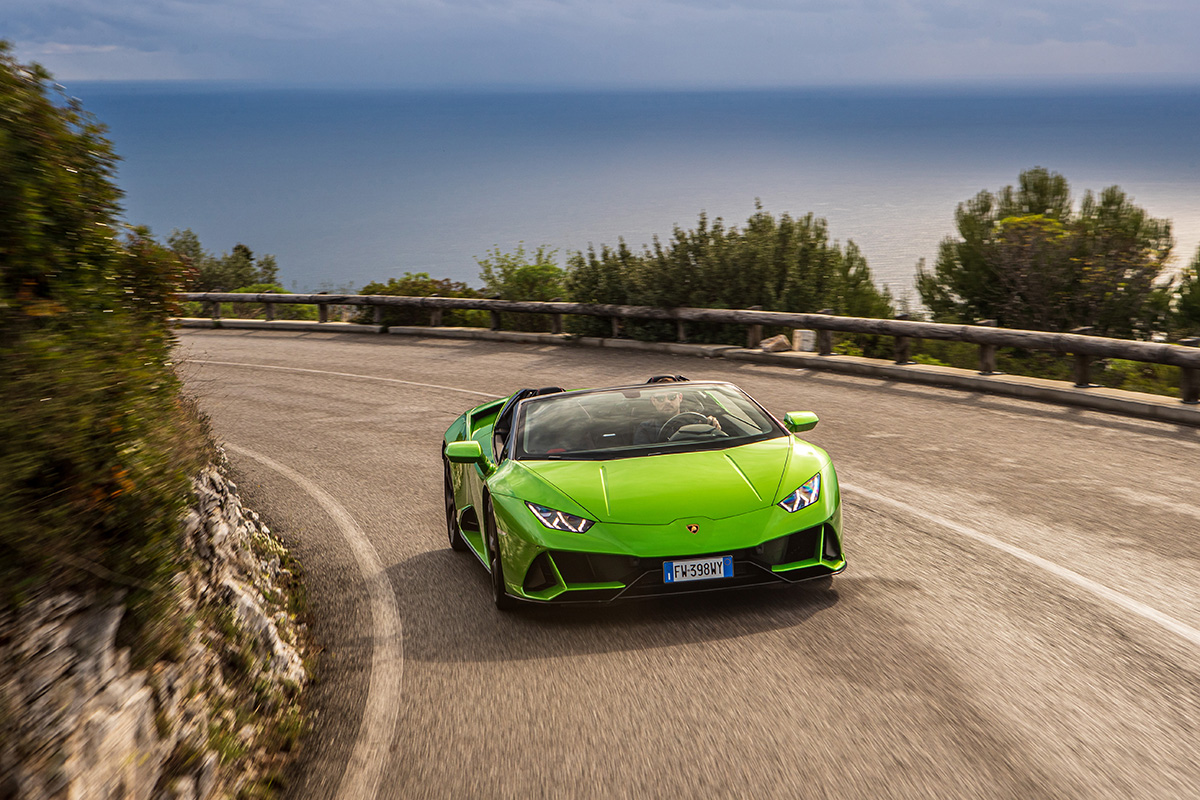
…but the Evo Spyder is happiest on fast, empty roads
With the wildness of the shape and the sound, you may expect the Huracan also to be wild to drive: like trying to tame a bucking bronco, or the raging bull that is Lamborghini’s emblem. And here, you would be in for a positive, or negative, surprise, depending on how you like your steeds. While it’s sensationally fast, corners flat and steers racily, the Huracan is underpinned by the latest driving technology engineered in association with its parent company, which also owns more sober brands like Audi and Bentley.
Shoot out of a roundabout into an unexpectedly tight curve and the car just clings on, happily. Accelerate through a wet corner and hit a patch of slippery leaves? Lamborghinis of earlier generations may have skidded or bucked, heartstoppingly for the driver; the Huracan just uses its four wheel drive system and fancy electrics to keep you zooming on track.
It makes for a thrilling experience for a passenger, who can enjoy the sounds and feel and looks the car receives, without feeling like they are in peril.
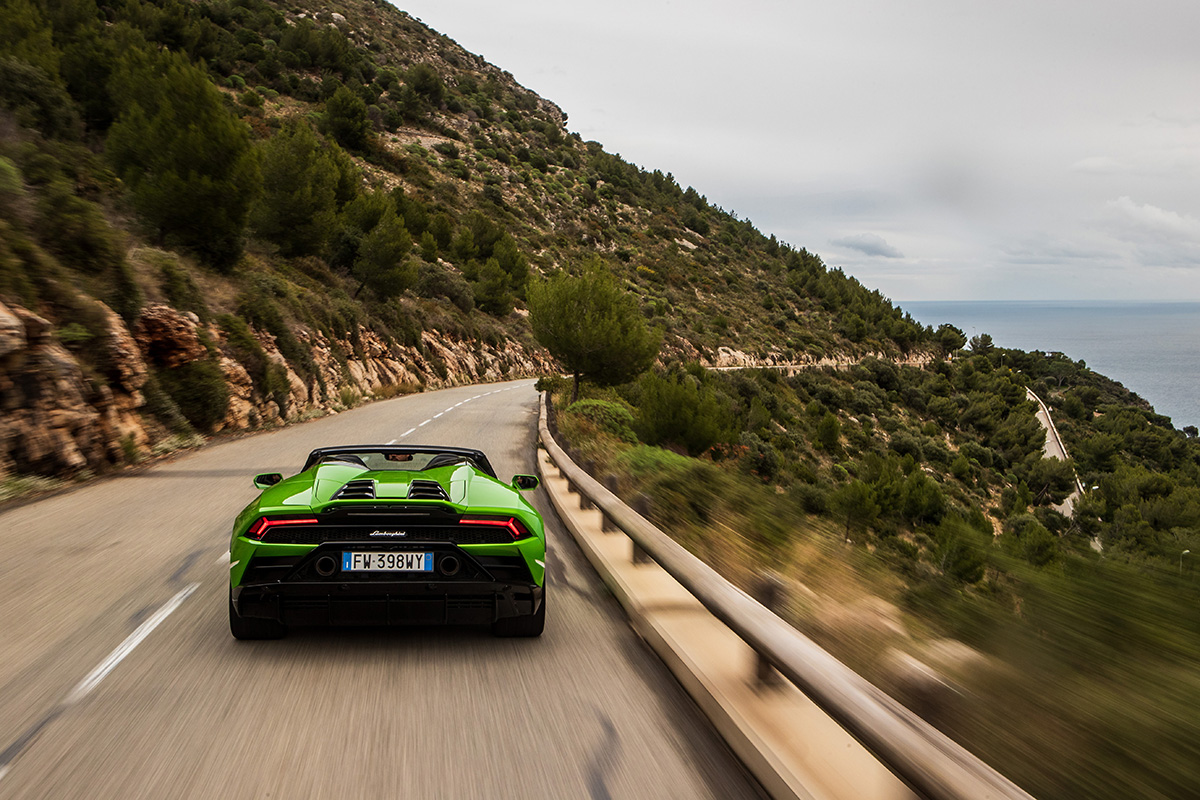
The Huracan Evo is powered by a V10 engine, of a kind that will never be made again, that makes a characteristic howl
Read more: Ferrari F8 Tributo and F8 Spider
And let’s spend a final moment on that engine. It is what the motoring world calls a “naturally aspirated” V10, with no turbocharger to help it. That means that its noise and punch get steadily more thrilling as you rise up through the rev range: maximum yowl means maximum acceleration, and you have to get there either by whipping down through the gears with the paddle shift by the steering wheel, or allow the revs to build up in each gear. It’s something that even current hyper efficient petrol engines, with turbos or electric hybrid help, can’t offer, let alone electric motors. And given the tiny mileages these cars tend to cover, you don’t even need to worry about whether you are being green.
Find out more: lamborghini.com



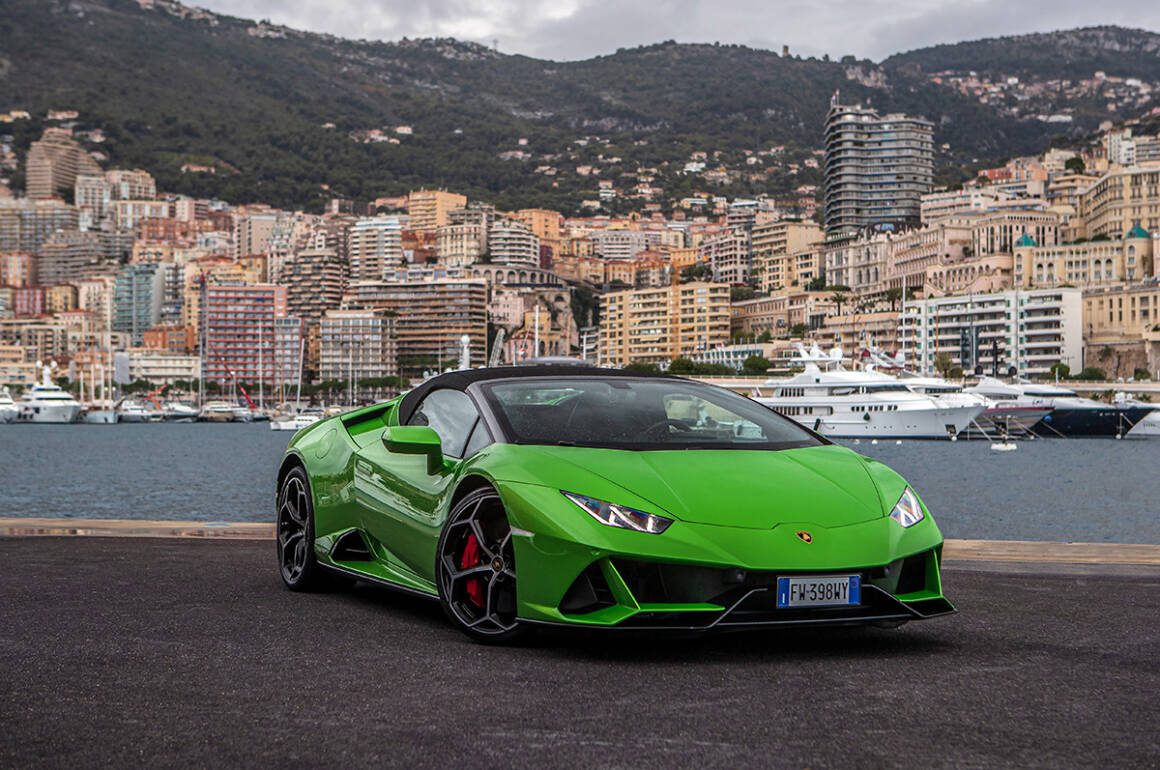
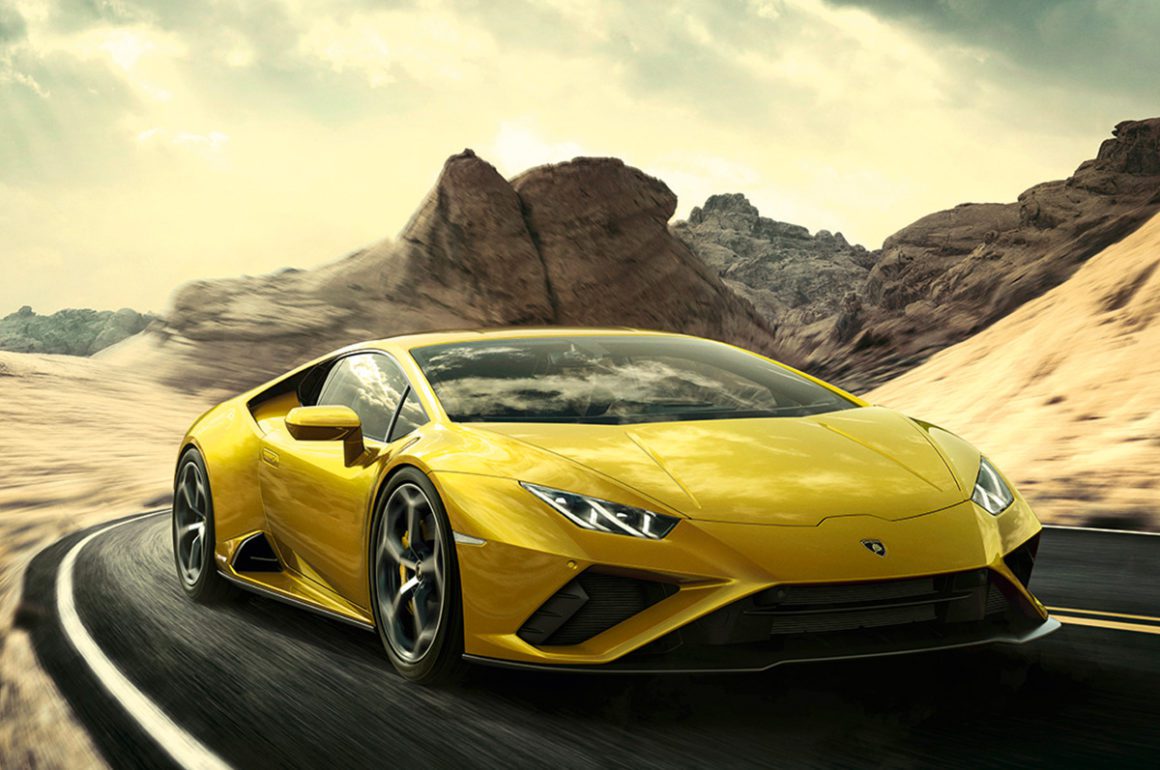
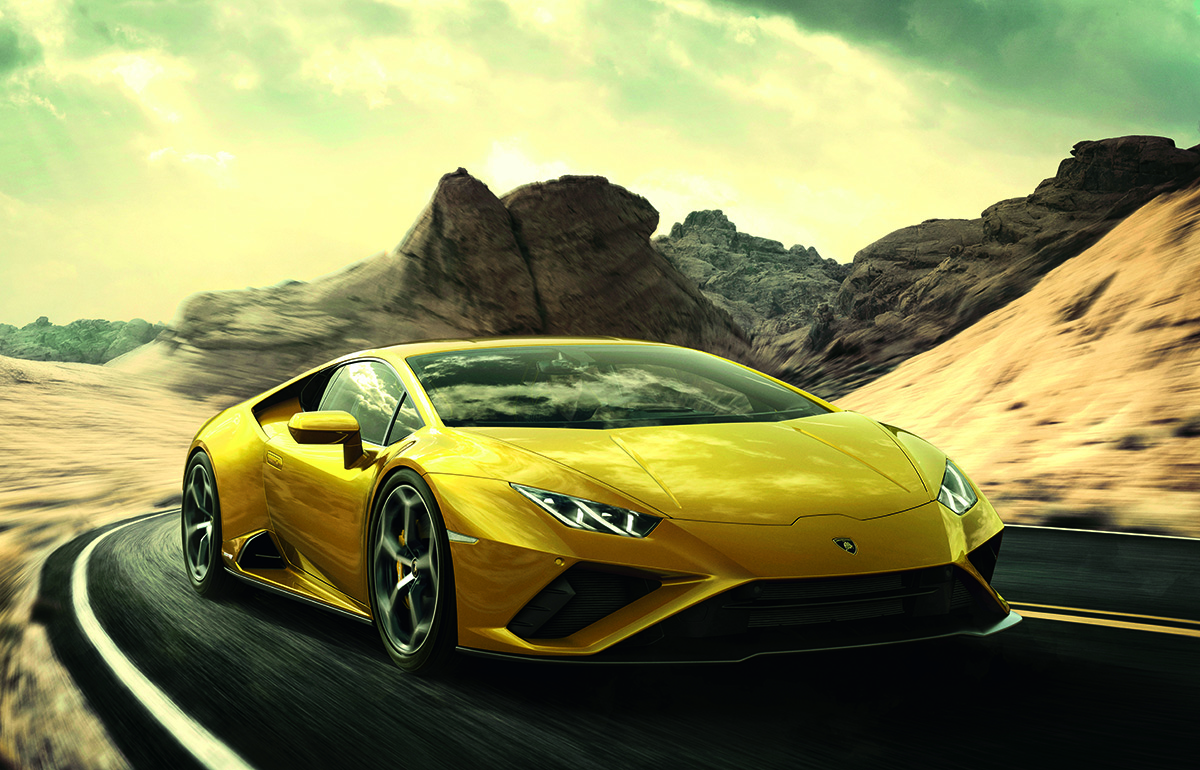
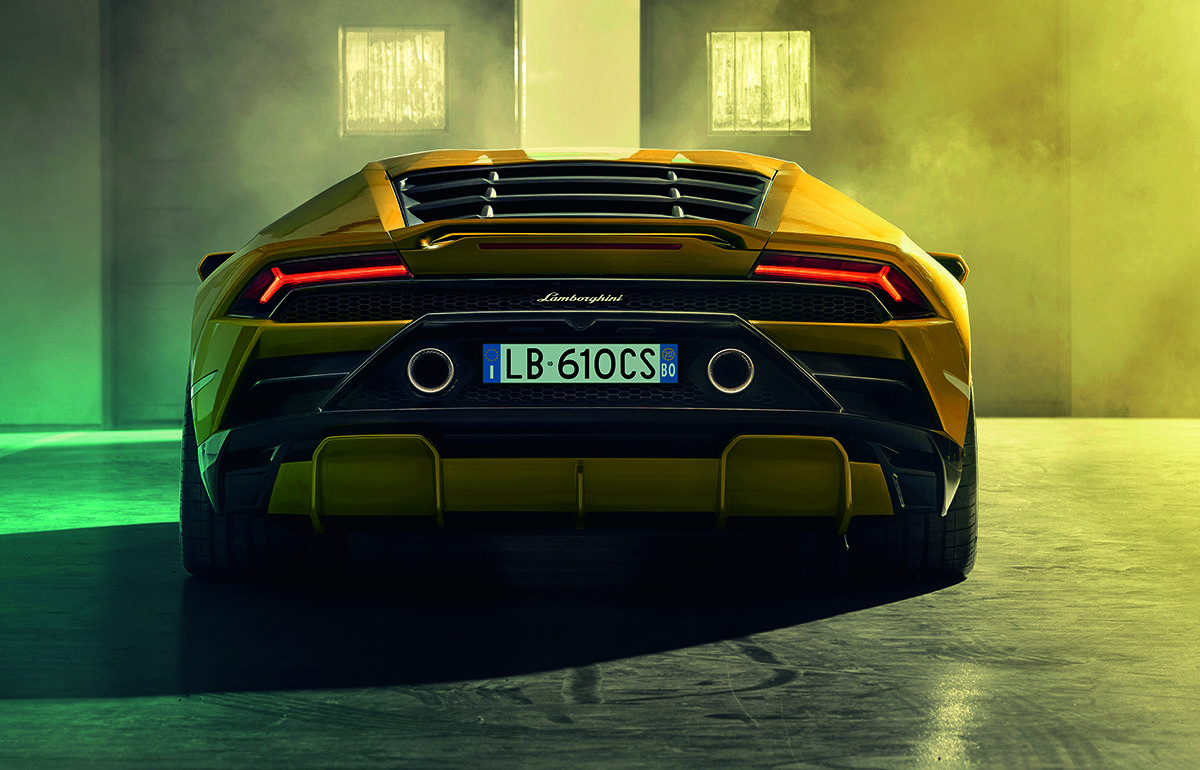
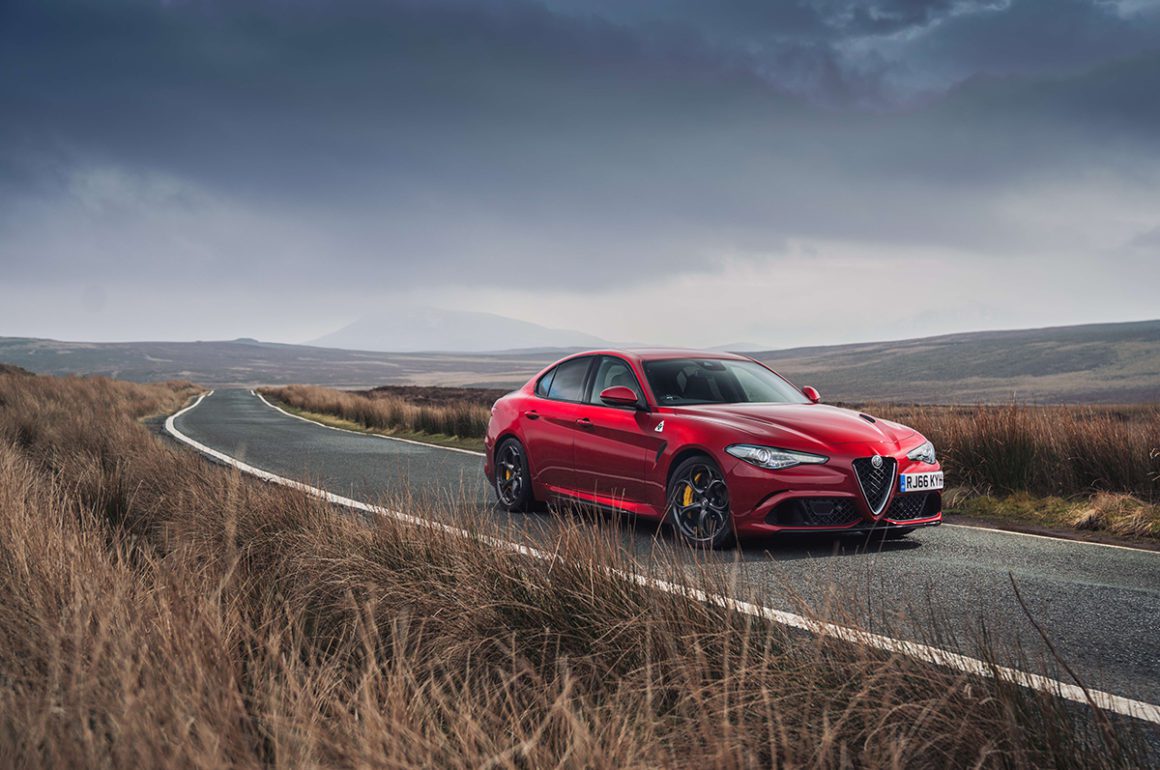
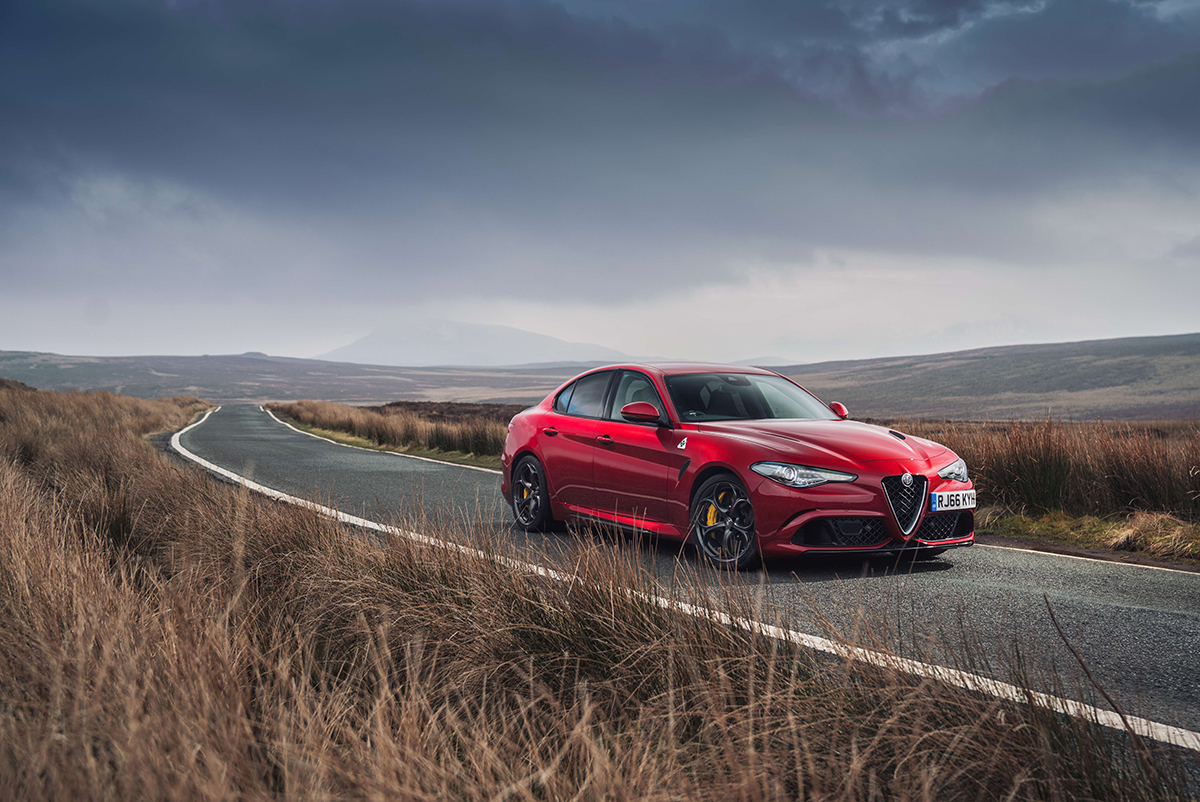
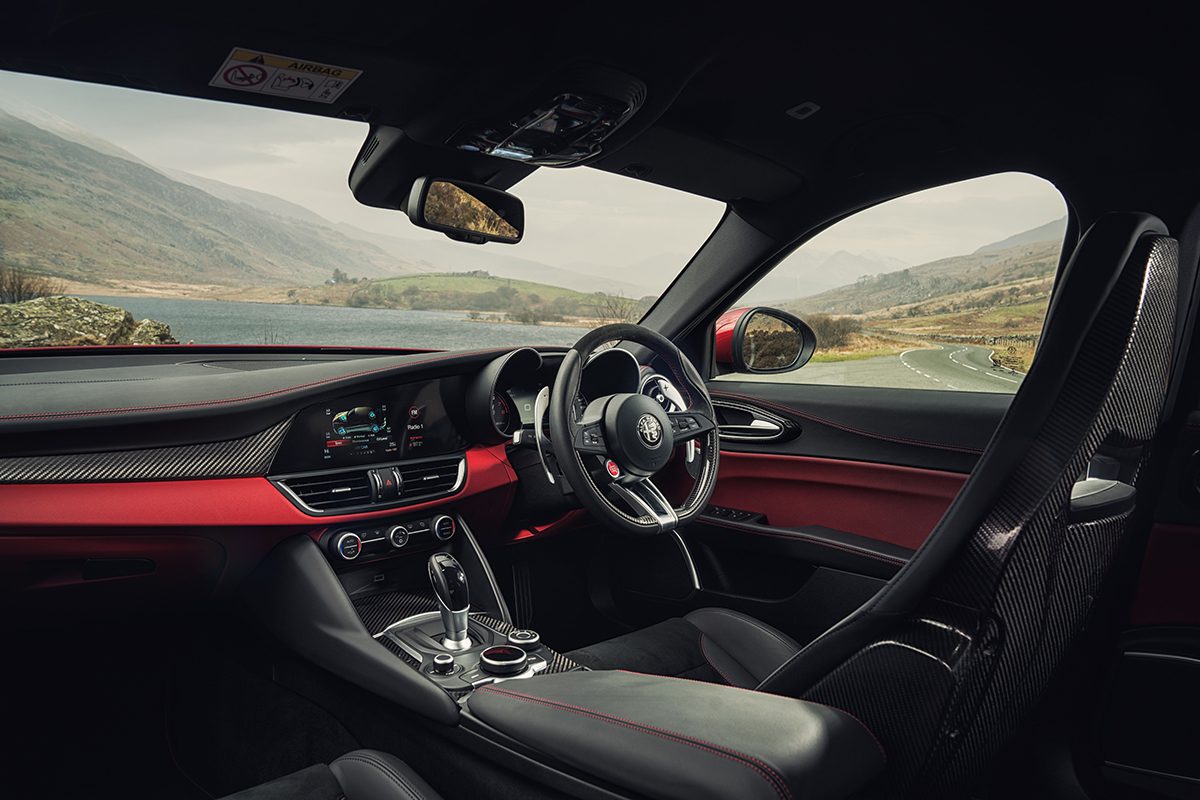





Recent Comments